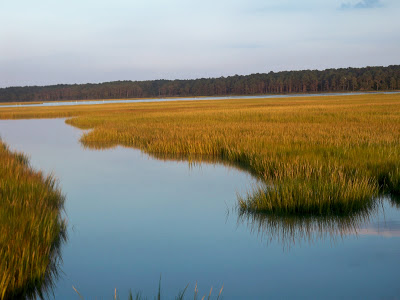Living With Place
I’m finishing up a book I bought a few weeks ago at the Reston Used Bookstore. Landscapes of the Heart: Narratives of Nature and Self (NeWest Press) is a collection of essays on place. The editors, Michael Aleksiuk and Thomas Nelson, have included everything from a powerful story of a drowning that forever changed the way one author came to see wild rivers to a piece about how changes to laws and landscape have robbed native Arctic peoples of community and self-sufficiency.
This morning I read an essay by M. Michael M’Gonigle in which he describes a book that he and his wife, Wendy Wickwire, wrote called Stein: The Way of the River. It describes their time of living in a wild place, living lightly on the land, learning its rhythms and the rhythms of the people who lived on it for generations.
“The Stein may never be logged,” M’Gonigle wrote of the book, “but now, fifteen years later, the elders that we spent time with are all dead. Here, as elsewhere in the world, with their deaths, the language of local peoples is being silenced to a whisper, and is about to disappear entirely. Here, as elsewhere, the experiences of local places, when there is yet wild spaces and spirits in those spaces, is eroding away. Here, as elsewhere, the strength and diversity and skills of a community living long with its place, and functioning together, is becoming a romantic memory. … Thus does the BIG consume the PLACE.”
“Living long with its place” — not “on,” not “beside,” not “in spite of.” But with.
